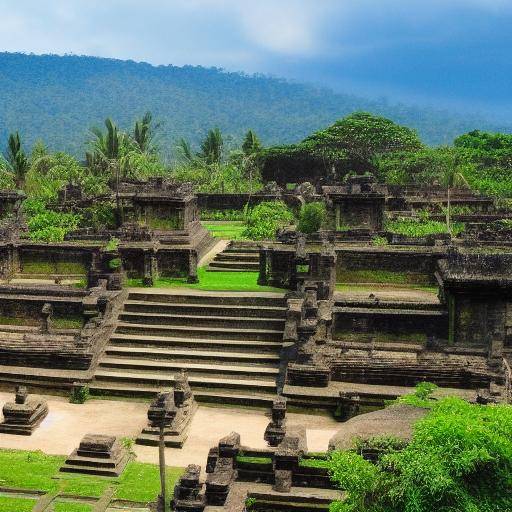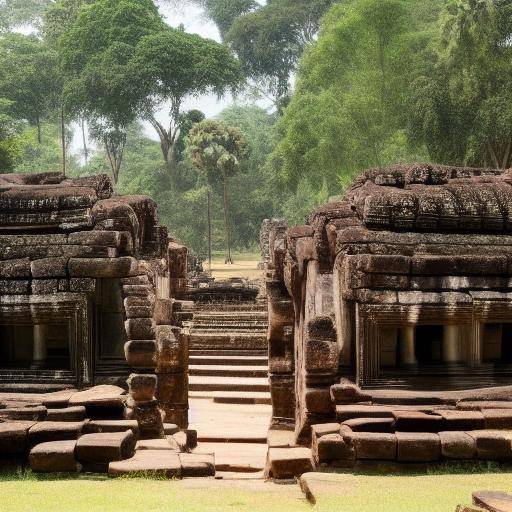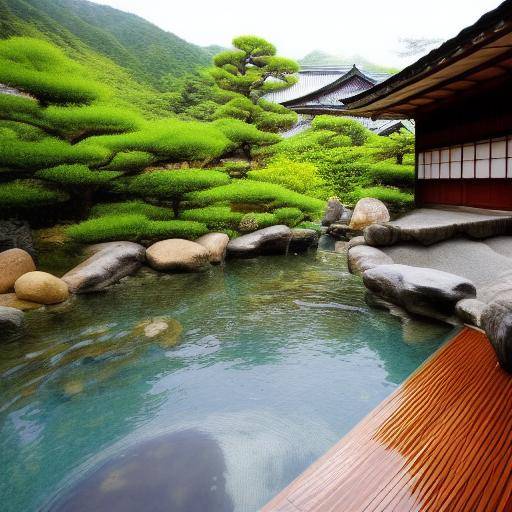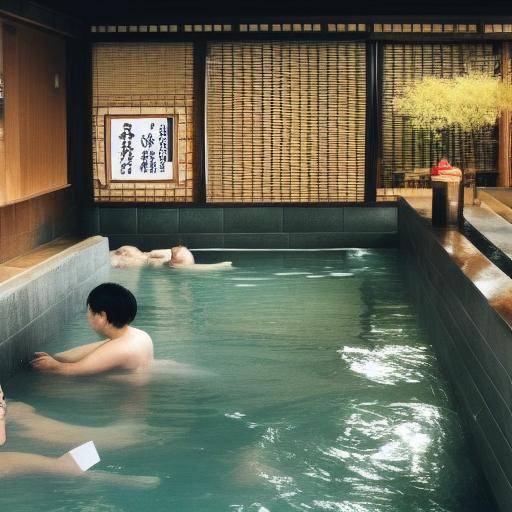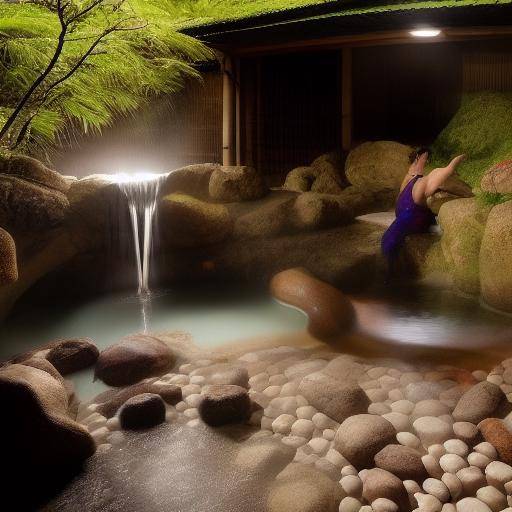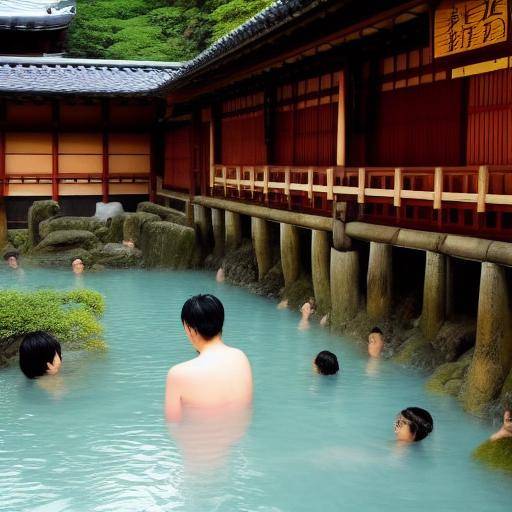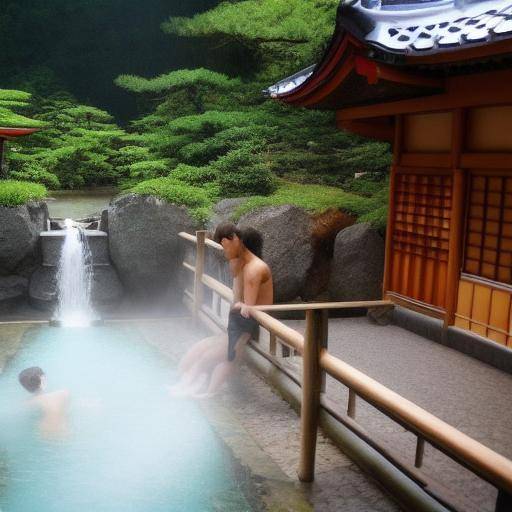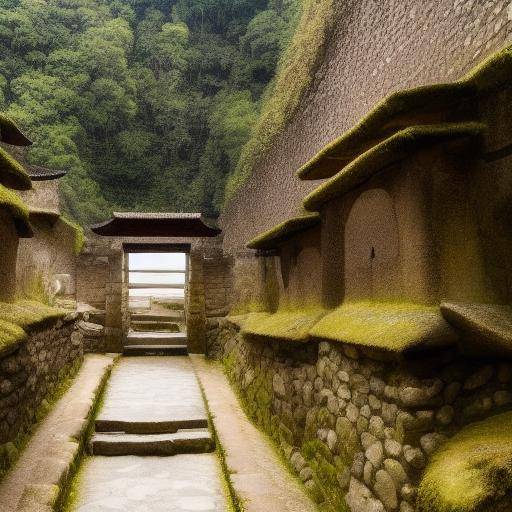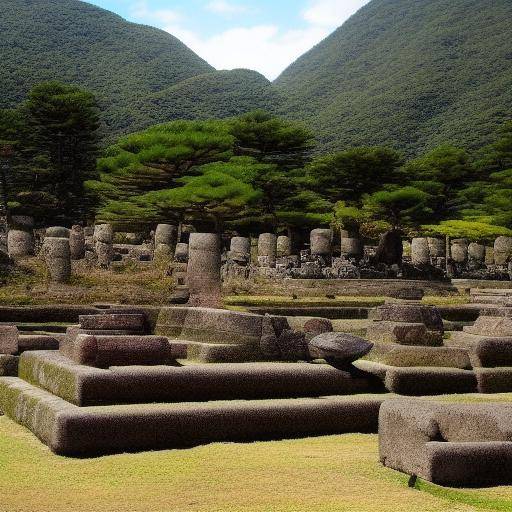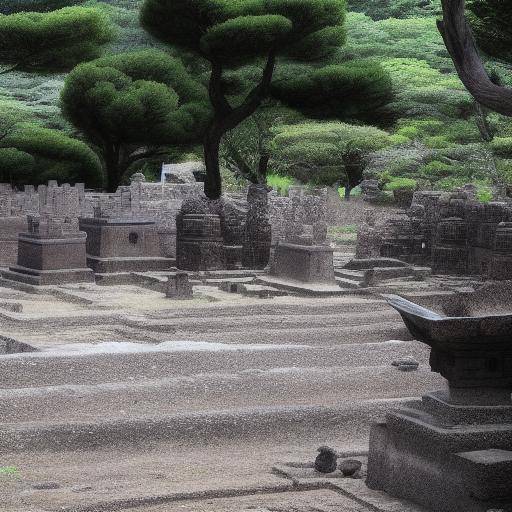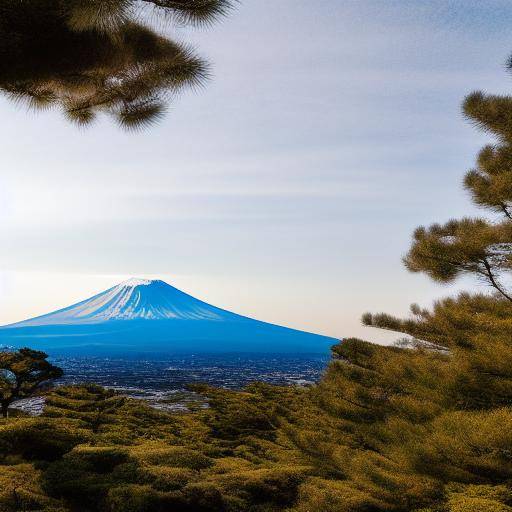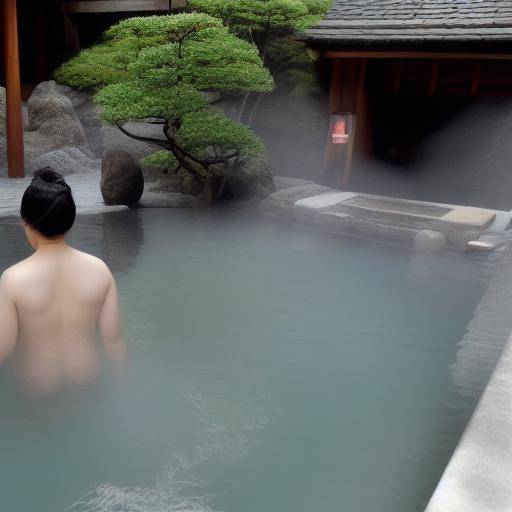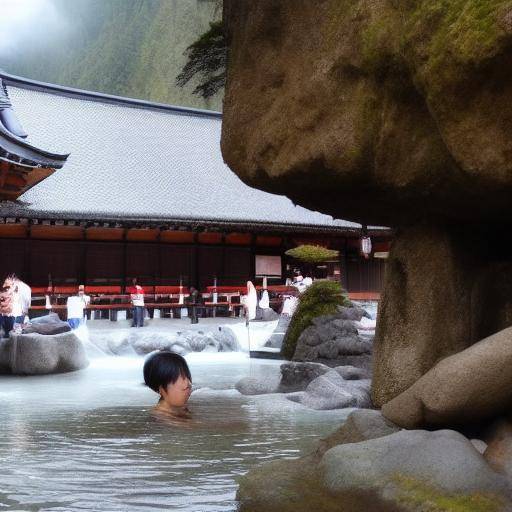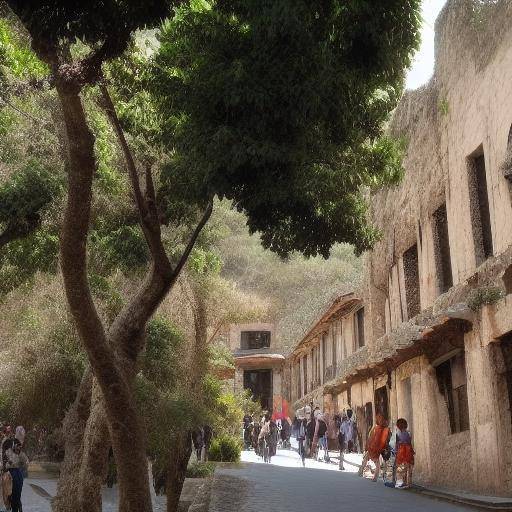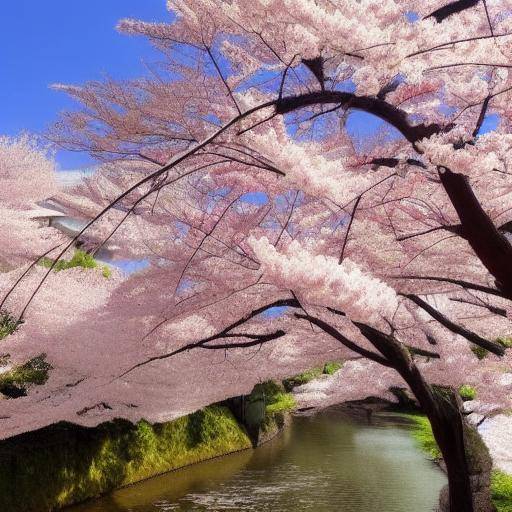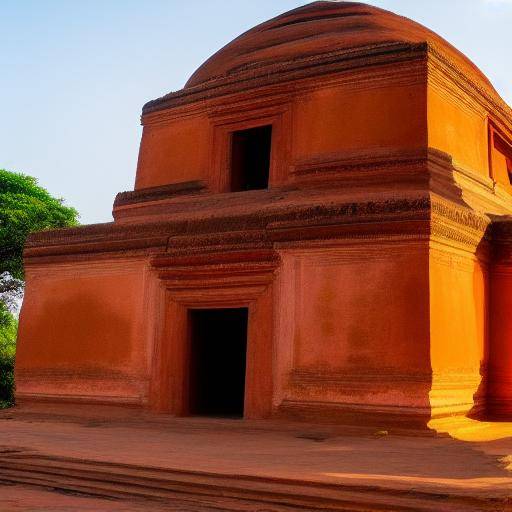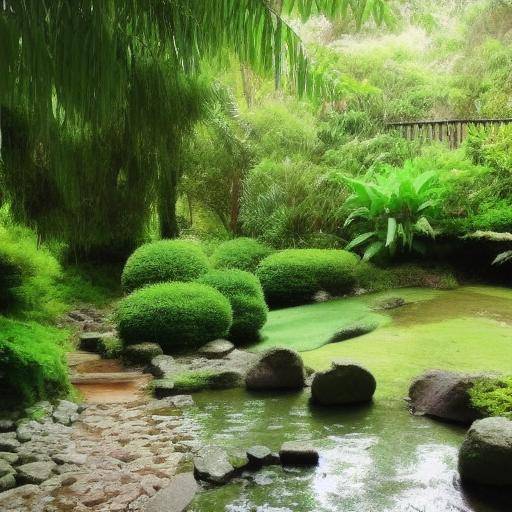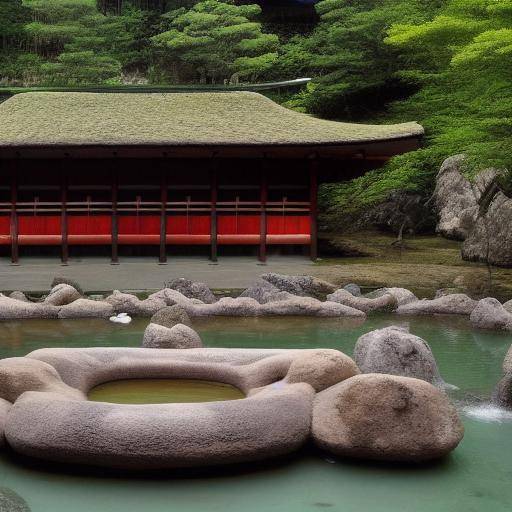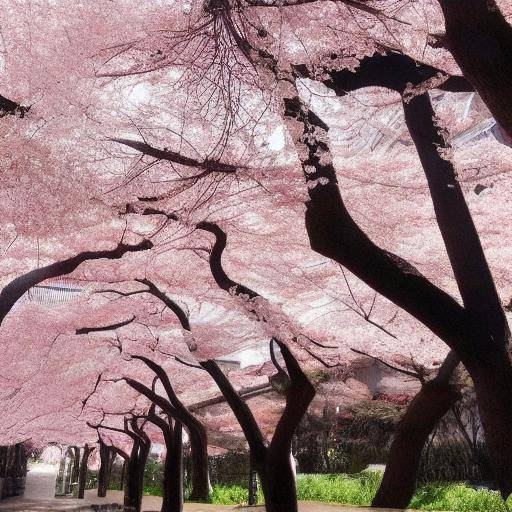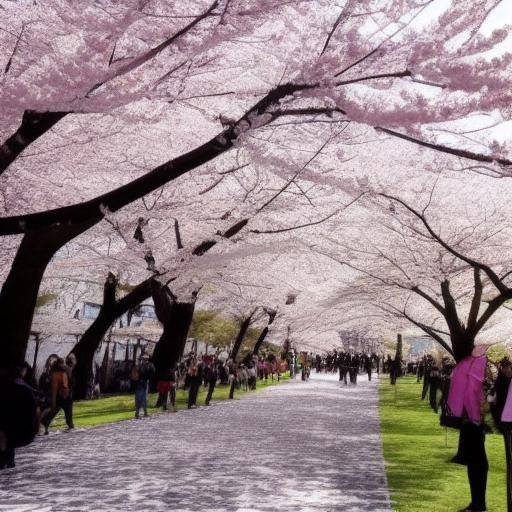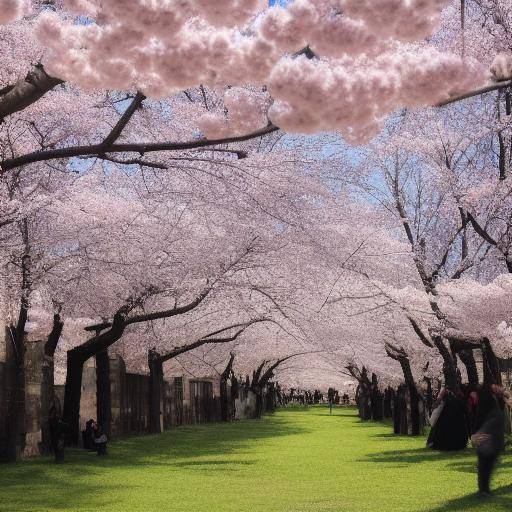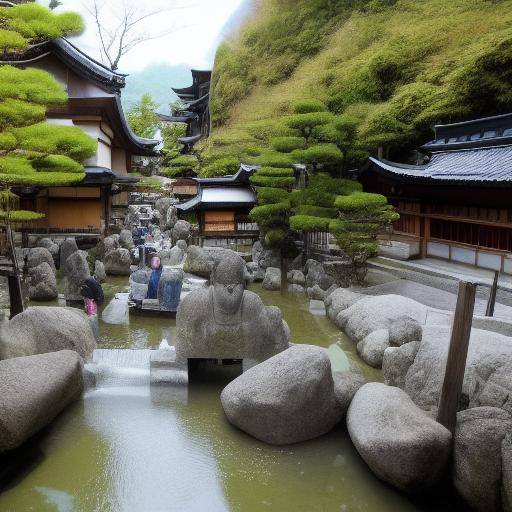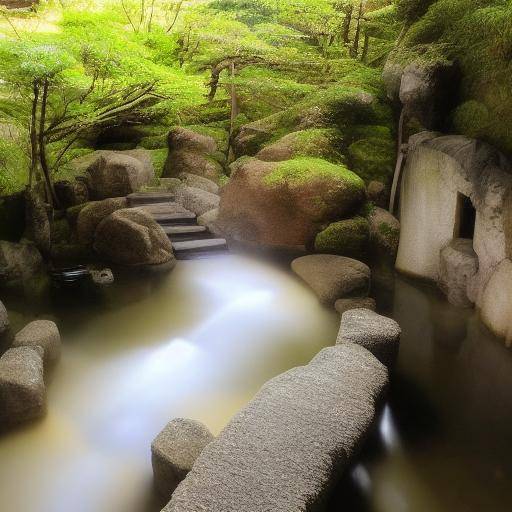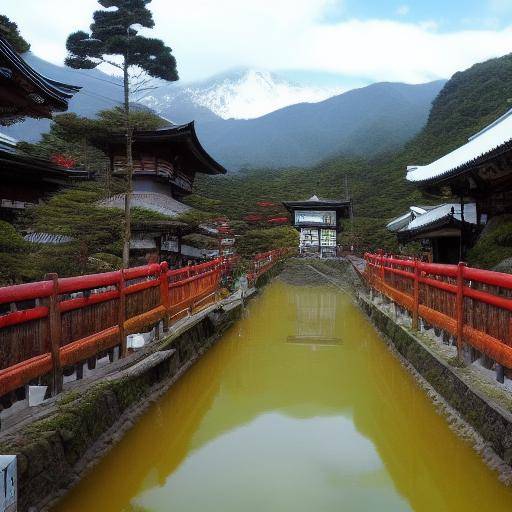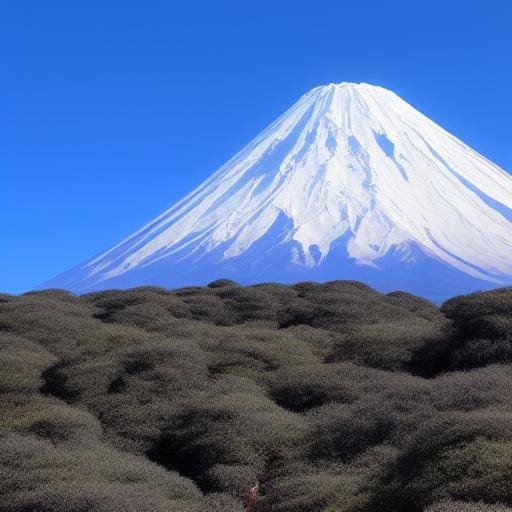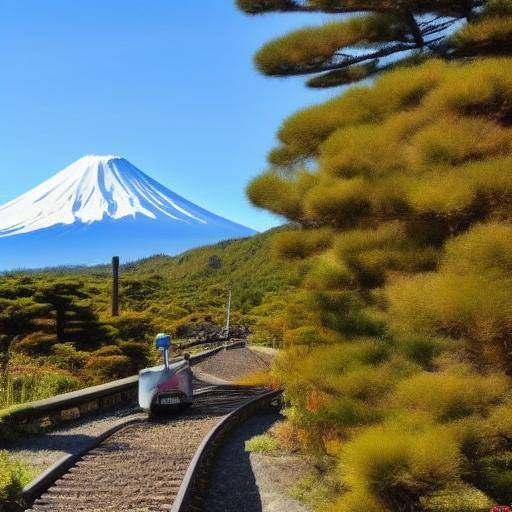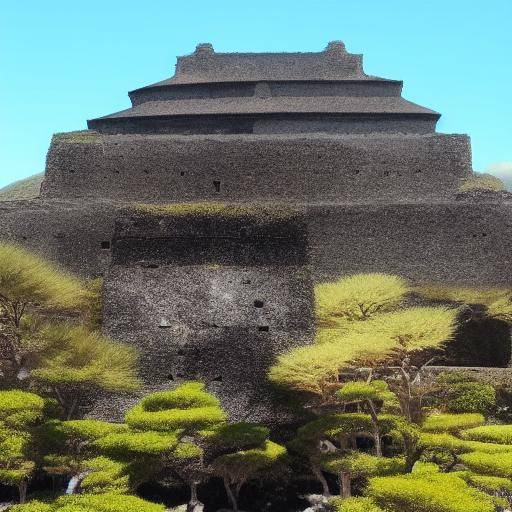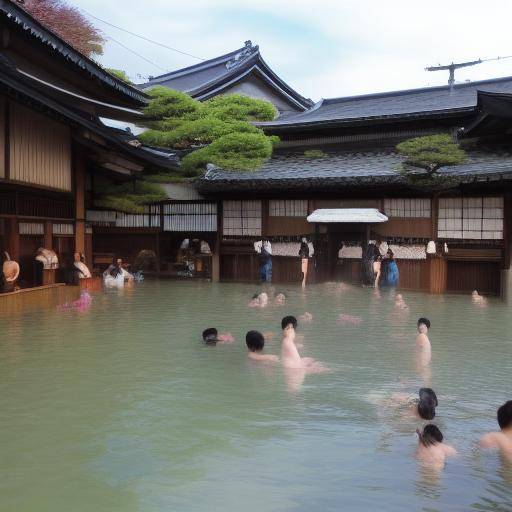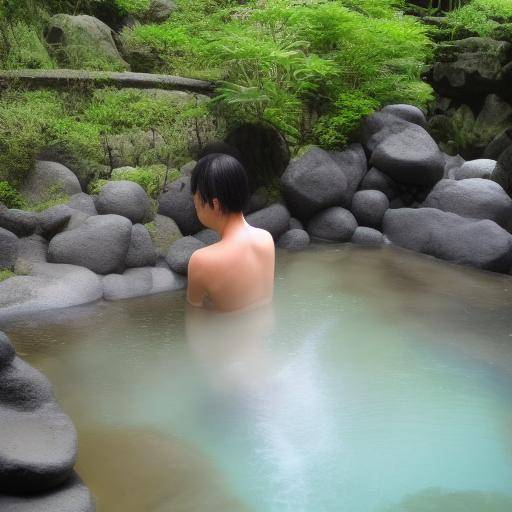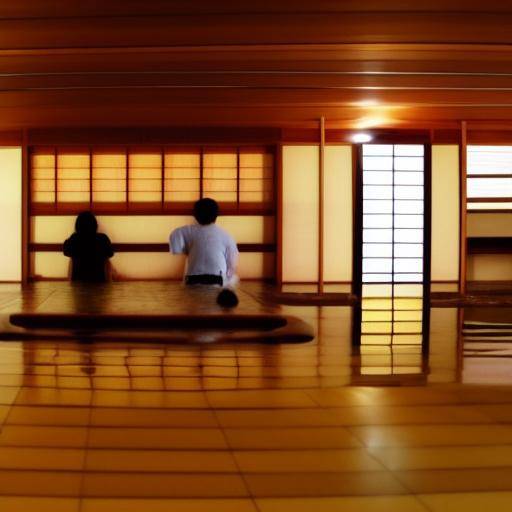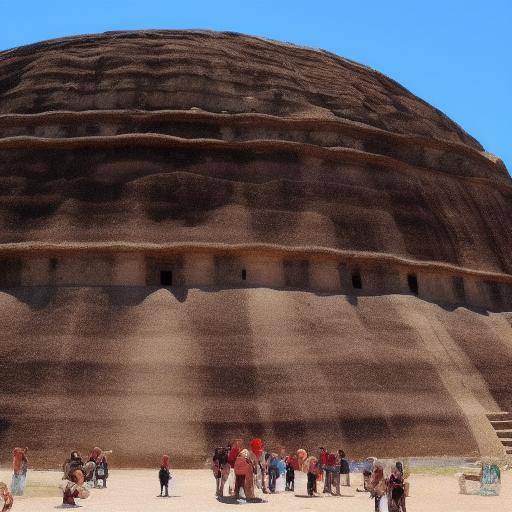
Kyoto, the former capital of Japan, is a unique destination that evokes the spiritual and cultural essence of the country. Its magnificent temples, with its distinctive architecture and serene gardens, are silent witnesses of the rich history and ancient traditions of Japan. In this essential guide, we will take you on a fascinating journey through the most impressive temples of Kyoto, plunging us into its history, meaning and timeless beauty. Discover the very essence of Japan through these sacred shrines.
Introduction
Kyoto, with its more than 1600 temples, is an incomparable treasure of Japanese culture. Each temple has a unique atmosphere and rich history that deserves to be explored. In this guide, we will take you through a tour of some of the most impressive temples that Kyoto has to offer, revealing its secrets, its spiritual significance and its influence on Japanese culture.
History and Background
The history of Kyoto is closely linked to the presence of temples and shrines dating back centuries. For more than a thousand years, Kyoto was the spiritual and cultural epicenter of Japan, and its temples played a fundamental role in the configuration of national identity and in the diffusion of Buddhism and sintoism.
It is believed that the first temple of Kyoto, the To-ji Temple, was built in the eighth century during the Heian era. Over time, Kyoto became the home of numerous schools of Buddhism and symptoism, leading to the construction of emblematic temples such as the Kinkaku-ji (Pavilion Golden) and the Kiyomizu-dera, each with a fascinating history dating back hundreds of years.
Analysis in Deep
The temples of Kyoto are not only architectural wonders, but also centres of spirituality and contemplation. Although many of them have suffered devastating fires and conflicts throughout history, they have been rebuilt with devotion, preserving their original essence and meaning. This reconstruction process is testimony to the profound emotional and spiritual connection that the Japanese have with their temples.
In addition, the influence of the architecture and design of the temples of Kyoto can be seen in contemporary Japanese culture, from art and literature to gardening and tea ceremony. Its impact transcends temporal and cultural boundaries, making them an invaluable legacy for humanity.
Comprehensive review
By exploring the temples of Kyoto, it is impossible to ignore their influence in the daily lives of the inhabitants of the city. The temples not only serve as tourist destinations, but are also places of worship, reflection and community. The annual festivities and rituals that take place in these temples are an integral part of life in Kyoto, connecting people with their deeper traditions and values.
Moreover, the preservation of the temples of Kyoto poses significant challenges in terms of conservation and sustainable management. As tourism in the region continues to flourish, it is crucial to find a balance between preserving the authenticity of temples and meeting the needs of visitors.
Comparative analysis
Comparatively, the temples of Kyoto stand out for their serene elegance and deep connection with the surrounding nature. Unlike the great shrines of Tokyo or the busy urban life of the Japanese metropolises, the temples of Kyoto offer an oasis of tranquility and peace, making them impermissible destinations for lovers of history, spirituality and natural beauty.
Práctico yConsejos Prácticos y Consejos Accionables
If you plan to visit the temples of Kyoto, here are some practical tips that will help you get the most out of your experience:
- Research before visiting: Learn about the history and spiritual importance of each temple before your visit to fully appreciate its significance.
- Respect and label: Respect the norms of label and behavior in temples. For example, it is important to maintain calm and silence, as well as follow the indications regarding photography.
- Explore around: Do not limit yourself to the main temples; explore the less well-known gardens and corners to discover amazing details.
- Plan your time: Since there are numerous temples in Kyoto, make a plan that suits your interests and time available.
- Appropriate season: Consider the season of the year you plan to visit. Spring offers the incomparable beauty of the cherry blossoms, while autumn brings the splendor of autumn colors.
These tips will help you fully enjoy your visit to the temples of Kyoto and immerse yourself in the rich spiritual and cultural heritage they offer.
Ideas and Opinion of Experts
According to the experts in history and architecture, the temples of Kyoto represent the apogee of Japanese aesthetics and spirituality, presenting a harmonious balance between architecture, nature and faith. In addition, tourism experts emphasize the importance of preserving the cultural legacy of Kyoto for future generations, promoting sustainable practices and conscious tourism.
Case Studies and Real Life Applications
To better understand the impact of the temples of Kyoto, it is essential to explore case studies that demonstrate their influence on people's lives and the community at large. These cases reveal how the presence of temples has shaped local traditions, the economy and the perception of the city at the national and international levels.
Future Trends and Predictions
As global attention focuses on the preservation of cultural heritage and sustainability, Kyoto temples are expected to play a crucial role in the dialogue on responsible tourism, heritage conservation and the promotion of intercultural understanding. In addition, with the growing interest in spiritual tourism and the search for meaning in life, it is expected that the temples of Kyoto will continue to attract travelers in search of authentic and enriching experiences.
Conclusion
The temples of Kyoto represent much more than simple tourist destinations; they are portals to a past era, custodians of Japan's culture and spirituality, and pillars of the nation's collective identity. Their timeless beauty and their profound influence on everyday life make them invaluable treasures that deserve to be explored and preserved.
FAQs (Frequently Asked Questions)
1. What is the best time to visit the temples of Kyoto?
The best time to visit the temples of Kyoto is during the spring to witness the famous flowering of the cherry trees, or during the fall to enjoy the spectacle of autumn colors in the gardens.
2. What are the most emblematic temples I should not miss in Kyoto?
Some of the most emblematic temples in Kyoto include the Kinkaku-ji ( Golden Pavilion), the Kiyomizu-dera, the Fushimi Inari Taisha and the Ginkaku-ji ( Silver Pavilion).
3. What label rules should I follow when visiting the temples?
It is important to maintain respect and reverence. Keep the silence, avoid the use of flash by taking pictures and follow the directions of each temple.
4. What is the historical importance of the temples of Kyoto?
The temples of Kyoto have played a crucial role in the spread of Buddhism and symptoism in Japan, as well as in the preservation of the country's rich spiritual and cultural heritage over the centuries.
5. What is the difference between a temple and a sanctuary in Japanese tradition?
In Japanese tradition, temples are generally associated with the practice of Buddhism, while sanctuaries are linked to sintoism, which is the indigenous religion of Japan.
6. What activities can be carried out in the temples of Kyoto in addition to observation and reflection?
In addition to contemplation and observation, some temples offer the opportunity to participate in traditional ceremonies such as tea ceremony or Zen meditation, providing an enriching experience to visitors.



